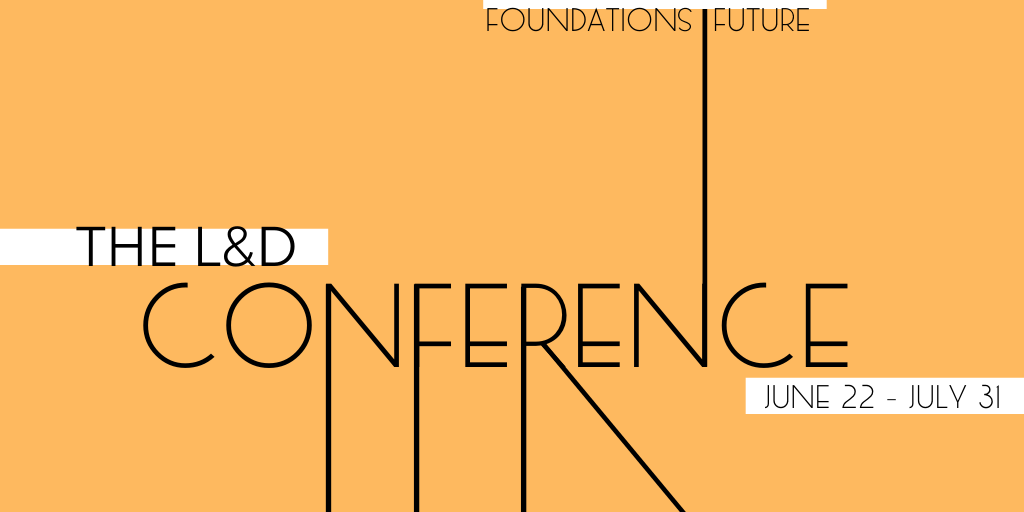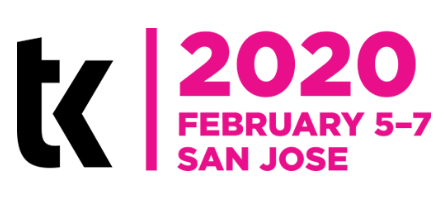I know, I know, I’ve been doing a lot of updates: books, workshops, and now webinars. I promise I’ll get back to my regular posting on learning things, but the benefit of these, unlike books or courses, is that they’re free. And several are coming up! So I thought I’d at least let you have a chance. So, here’s an update on my webinars.
First, I’ll be talking for eLearning Learning on the 27th of January at 11AM PT (2PM ET). They were interested in discussing about the impact on Covid, and of course I’m taking it in an aspirational direction. I’m presenting about how we’re not well aligned with how we think, work, and learn, and what that looks like in general, and in particular online.
Then, I’m doing a ‘make it meaningful’ presentation for iSpring on 25 Feb at 9AM PT (noon ET). The coordinates to sign up are here. It aligns with their theme and I’ll get into some top-level issues.
Then, on 18 March, at 10AM, I’ll talk with Barbara Covarrubias Venegas on facilitating innovation. Since here topic is on virtual space, I suspect we’ll focus there. It’s a LinkedIn Live event, you can see it as one of her list of interviews.
Finally, at 10 AM PT (1PM ET) on Thursday the 13th (not Friday), I’ll be talking learning science for ATD. That, as yet, doesn’t have a page AFAIK. More info as it emerges.
(BTW, there’s a recording of my webinar last week on learning science.)
This actually presents a pretty fair coverage of my areas of focus, so if any one (or more) is of interest, here’s a chance to see my thoughts. My general focus, as I like to quip, is on those things L&D isn’t doing, and what they’re doing badly. Which is most everything! 😁 I’m sure more webinars will eventuate, but that’s it for now. So there you go, an update on my webinars. Hope to see you there!

